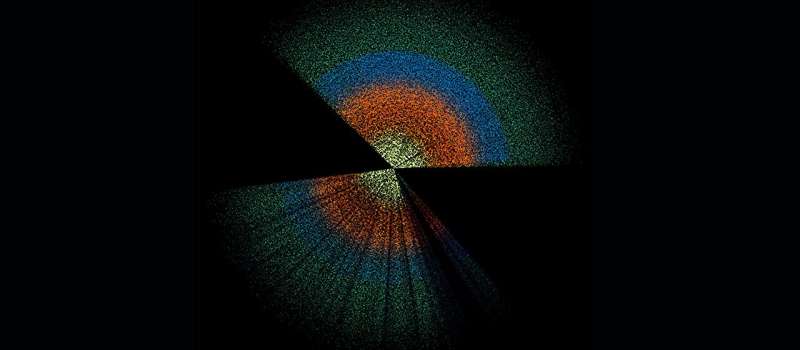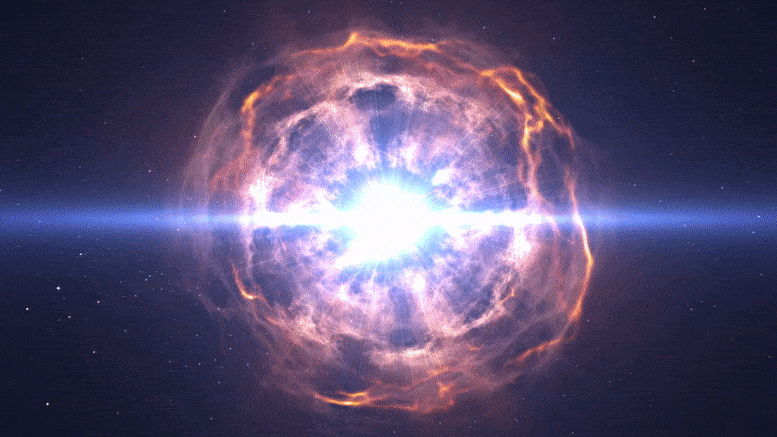Research from the University of Geneva has provided new insights into the behavior of dark matter, suggesting that it follows the same gravitational laws as ordinary matter. This study, published in the peer-reviewed journal Nature Communications on March 15, 2025, explores whether dark matter, which is estimated to be five times more abundant than visible matter, interacts with gravity in similar ways as the matter we can observe.
The fundamental question addressed is whether dark matter behaves under the influence of gravity as ordinary matter does, or if it is governed by an unknown force. Dark matter is invisible and does not emit or reflect light, making its study particularly challenging. The research team, led by associate professor Camille Bonvin from UNIGE, aimed to compare the velocities of galaxies with the depths of gravitational wells formed by massive celestial bodies.
In their analysis, the researchers found that dark matter appears to fall into gravitational wells in a manner analogous to ordinary matter. These wells are distortions in space created by large masses, and ordinary matter, including stars and planets, falls into these wells according to well-established physical laws, such as Einstein’s theory of general relativity.
Bonvin explained, “If dark matter is not subject to a fifth force, then galaxies—which are mostly made of dark matter—will fall into these wells like ordinary matter, governed solely by gravity.” The study provides a method to test for the presence of any additional forces acting on dark matter by analyzing how galaxies move within these gravitational frameworks.
Findings Suggest Limitations on Unknown Forces
The research demonstrated that the motion of dark matter aligns with Euler’s equations, which describe fluid dynamics and gravitational phenomena. The findings indicate that if there is a fifth force acting on dark matter, its influence must be limited to less than 7% of the strength of gravity. Nastassia Grimm, the first author and former postdoctoral researcher at UNIGE, pointed out that these initial conclusions do not entirely eliminate the possibility of an unknown force but set a threshold for its strength.
Grimm stated, “If such a fifth force exists, it cannot exceed 7% of the strength of gravity—otherwise it would already have appeared in our analyses.” This threshold is significant for future research focused on uncovering the true nature of dark matter.
The ongoing inquiry into dark matter is crucial for advancing our understanding of the universe. The next phase involves utilizing data from upcoming experiments, such as the LSST and DESI, which are expected to provide insights sensitive to forces as weak as 2% of gravity. Isaac Tutusaus, a co-author of the study and researcher at ICE-CSIC and IEEC, emphasized the potential of these experiments to deepen our knowledge of dark matter’s behavior.
In conclusion, this research marks a pivotal development in the field of cosmology, bringing scientists closer to understanding the enigmatic nature of dark matter. The implications of the findings could reshape theoretical frameworks and guide future investigations into the fundamental forces that govern our universe. Further studies will be essential to confirm whether dark matter truly adheres only to gravitational laws or if additional forces are at play.







